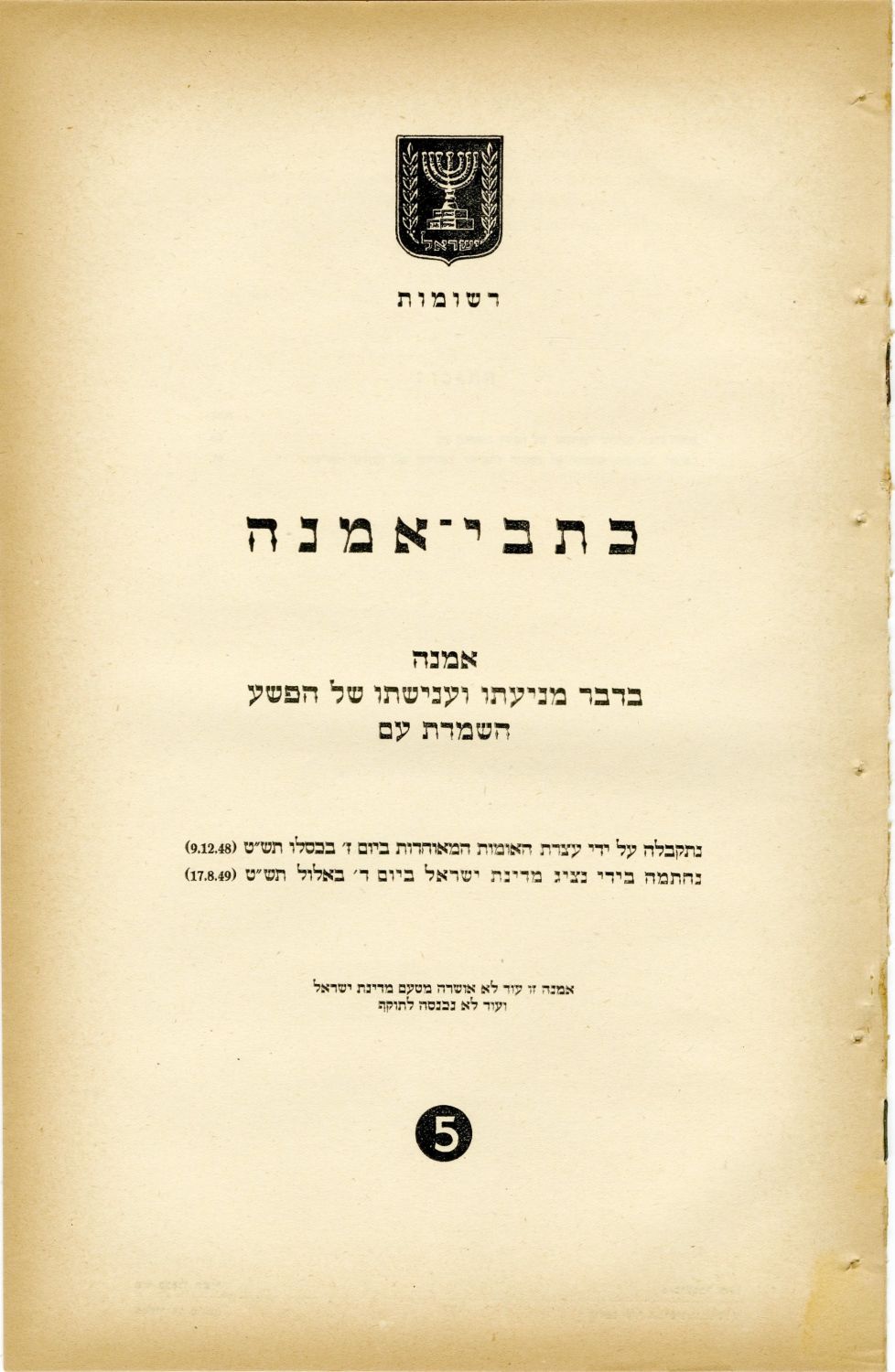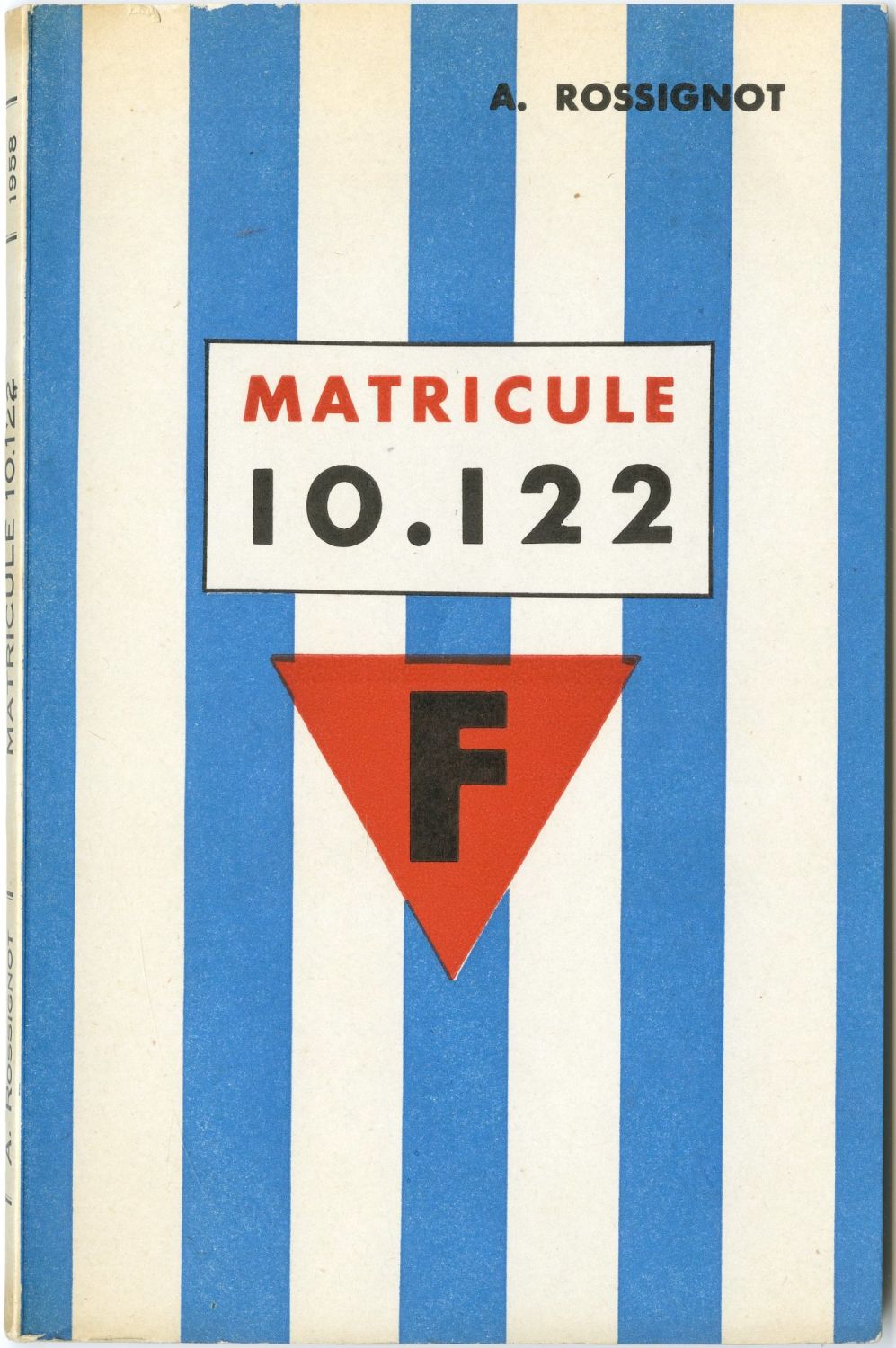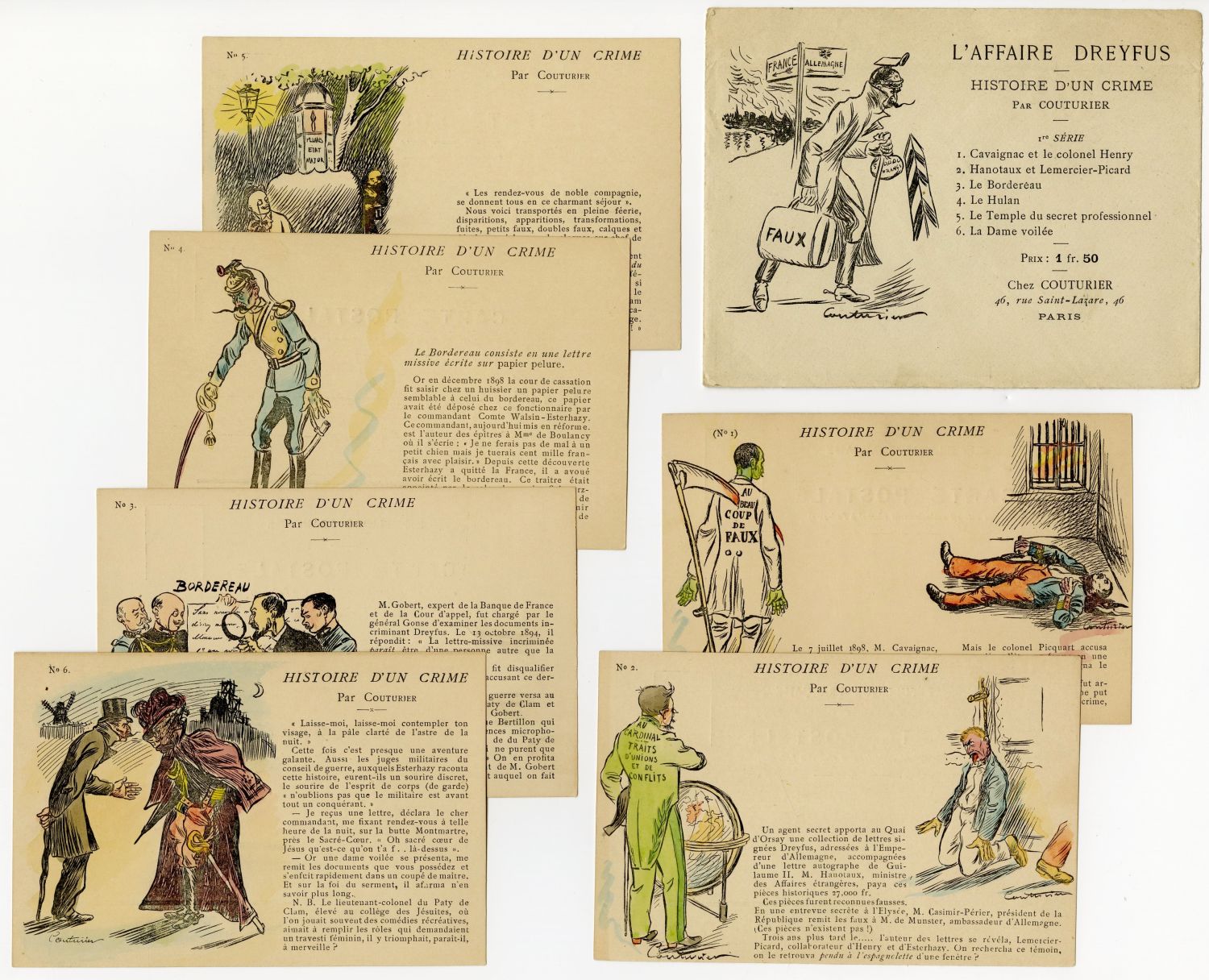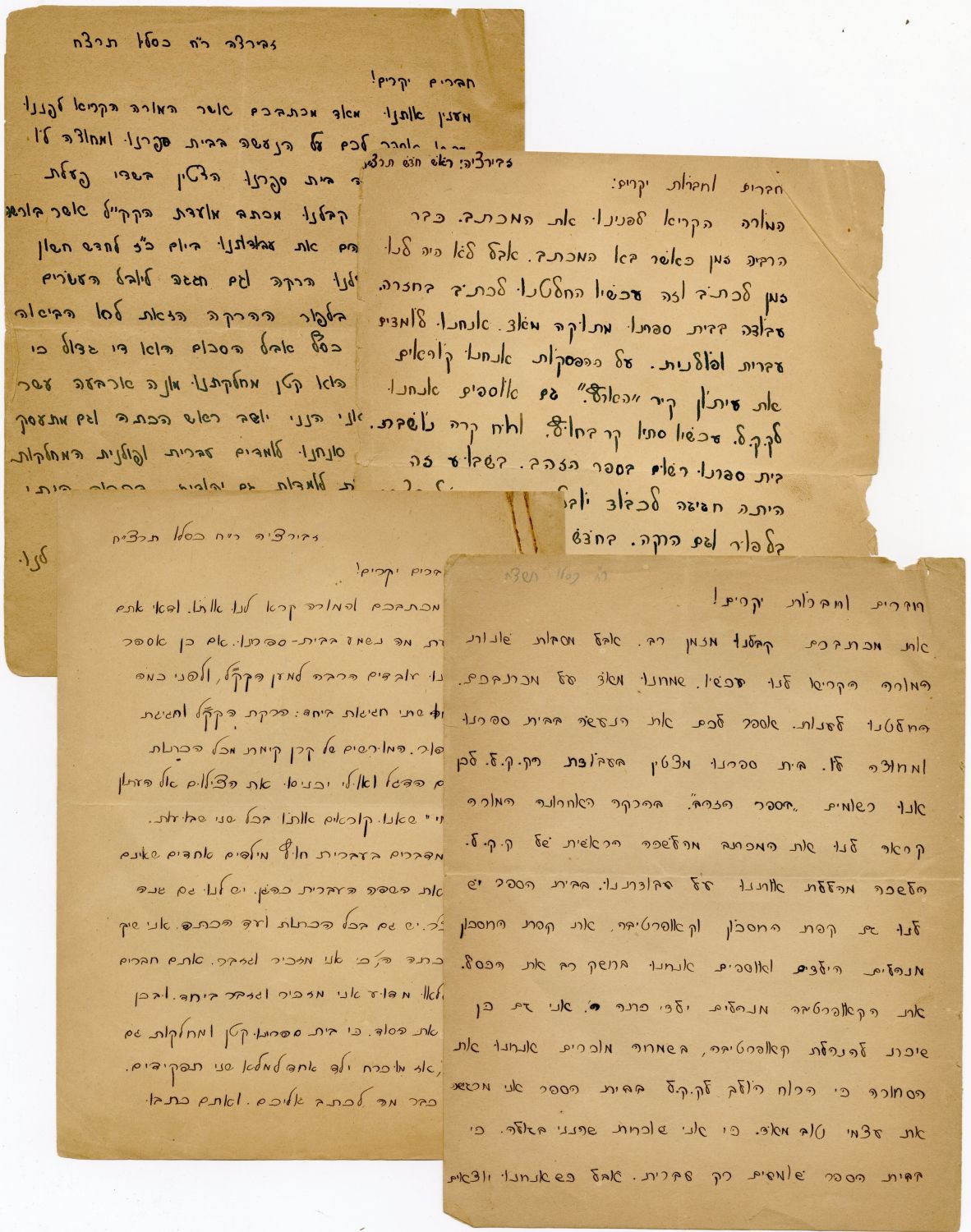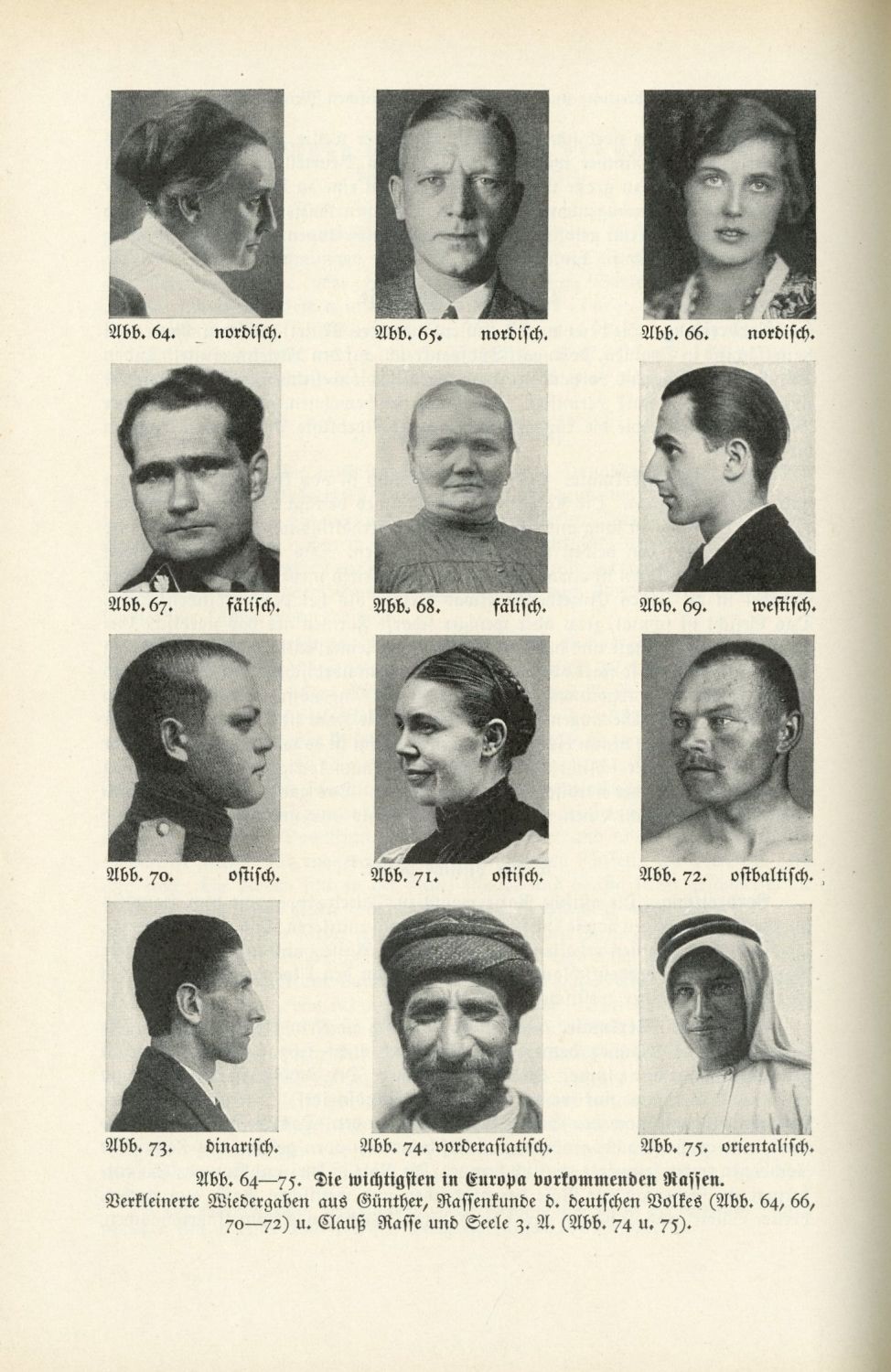Buchenwald: Lieu De Martyre Et De Souvenir - Buchenwald: Place of Martyrs and Memory, published by Kongress-Verlag. Berlin, 1954 - first edition. Outline Plan of the Buchenwald Memorial Site - Drawings and Maps. Published by the Anti-Fascist Resistance Committee of the German Democratic Republic - Berlin.
Outline and planning booklet for transforming the Buchenwald concentration camp into a memorial site commemorating the victims. The booklet includes six unfolding maps displaying drawings of the various planned memorial structures that were intended to be built on the grounds of the Buchenwald camp, alongside the authentic remains of the camp.
The plan was developed by artists and architects with active participation of anti-fascist resistance fighters, managed by Otto Grotewohl of the Council of Ministers. The commemoration aimed to reflect the suffering, horror, death, as well as fellowship, solidarity, courage, heroism, loyalty and struggle. The maps in the booklet describe the different areas of the memorial site, the Tower of Liberation, the place for festive texts, the Tower - Symbol of Freedom, the columns, the statue of the prisoners' group, the museum, the memorial stone near the Jewish detention camp, and the stone wall built around the stable where 7,200 Soviet prisoners of war were executed.
The detailed plans in this booklet were accepted and on September 14, 1958 the Buchenwald National Memorial was inaugurated. The memorial was designed in the style of Socialist realism, emphasizing the communist struggle against fascism, international solidarity against it, and the Soviet victory over fascism.
In the mid 1980s, questions began to emerge regarding the nature of the commemoration at the site. It turned out that younger generations were not impressed by the messages conveyed at the site. Claims were also raised that the commemoration at the site ignored some populations that had been in the camp, such as Jews and Roma people. Additional claims were raised about ignoring topics that were inconvenient to the official line of East Germany, such as the Molotov–Ribbentrop Pact. These claims did not lead to implementation or actual change at the site. In September 1991, new basic guidelines for designing the site were presented by a committee appointed by the Ministry of Science of the Thuringia state government. The new concept argued that the site should commemorate both the Nazi concentration camp and the Soviet detention camp, with the Nazi concentration camp as the main subject, and commemoration of the two camps separately. The new site is based on updated research, also presenting the background for the previous communist memorial site. Various monuments have been erected at the camp site in memory of prisoners murdered there, a permanent museum located in the camp barracks, and an exhibition space located in a building that previously served as a canteen. Part of the railway line to the camp has been reconstructed as part of the commemoration exhibits.
Rare. Only four listings found in the world cat global library catalog.
14 [2] p. + [6] folding maps. Rust marks on the staples of the booklet. Overall good condition.









